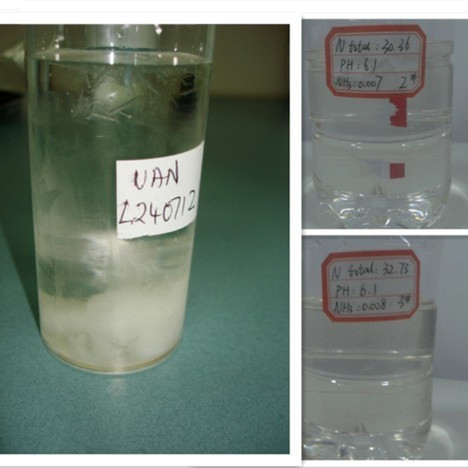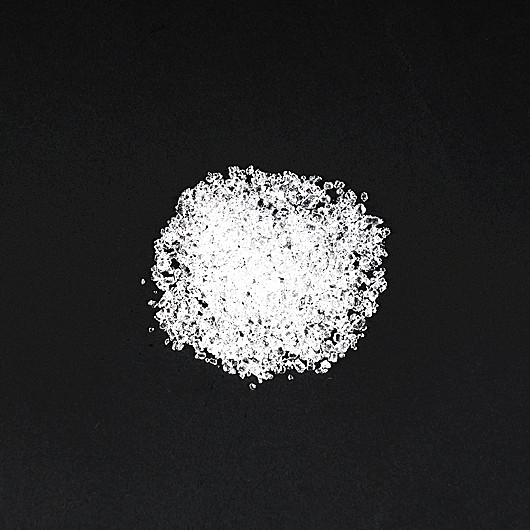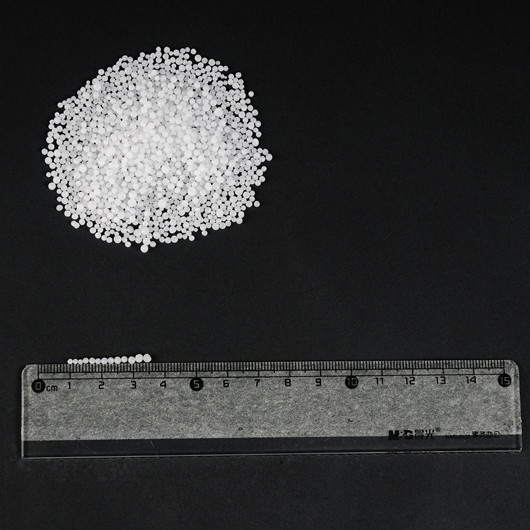Fertilizers play a crucial role in modern farming practices, enhancing soil fertility and promoting crop growth. Among these fertilizers, Urea Ammonium Nitrate (UAN) solution stands out for its versatility and effectiveness. In this article, we will discuss practical guidelines for using UAN solution in farming to maximize its benefits while minimizing potential risks.
Understanding Urea Ammonium Nitrate Solution
Urea Ammonium Nitrate (UAN) solution is a liquid fertilizer widely used in agriculture due to its balanced composition and efficient nutrient delivery system. It consists of three primary components: urea, ammonium nitrate, and water. Urea, a common nitrogen fertilizer, is a compound containing 46% nitrogen by weight. Ammonium nitrate is another nitrogen-containing compound, with a nitrogen content of approximately 34%. When combined with water, these components form a homogeneous liquid solution.
One of the key features of UAN solution is its nitrogen content, typically ranging from 28% to 32%. Nitrogen is an essential nutrient for plant growth, playing a crucial role in various physiological processes such as photosynthesis, protein synthesis, and enzyme activities. Adequate nitrogen supply is vital for achieving optimal crop yields and quality.
The combination of urea and ammonium nitrate in UAN solution offers several advantages. Firstly, urea provides a quick-release nitrogen source, readily available for plant uptake. On the other hand, ammonium nitrate releases nitrogen more gradually, ensuring a sustained nutrient supply over an extended period. This dual-release mechanism helps to meet the changing nitrogen demands of crops throughout their growth stages, promoting balanced growth and development.
Moreover, UAN solution offers versatility in application methods. It can be applied to crops through various means, including foliar spraying, fertigation (application through irrigation systems), and soil drenching. Each application method has its advantages and considerations, allowing farmers to choose the most suitable approach based on crop type, growth stage, and environmental conditions.
Overall, Urea Ammonium Nitrate solution serves as an effective and efficient nitrogen fertilizer in modern agriculture. Its balanced composition, gradual nutrient release, and versatile application methods make it a valuable tool for promoting soil fertility and maximizing crop productivity. By understanding the characteristics and benefits of UAN solution, farmers can make informed decisions to optimize its use in their farming practices.
Application Methods
There are several methods for applying UAN solution in farming, including foliar application, fertigation, and soil drenching. Each method has its advantages and considerations, depending on factors such as crop type, soil conditions, and equipment availability.
Foliar application involves spraying UAN solution directly onto the leaves of the plant. This method is suitable for delivering nutrients quickly, especially during periods of rapid growth or nutrient deficiencies. However, care must be taken to avoid leaf burn, particularly when applying concentrated solutions or during hot weather.
Fertigation involves injecting UAN solution into irrigation systems, allowing for precise nutrient delivery directly to the root zone. This method ensures efficient nutrient uptake by crops and minimizes nutrient loss through leaching or runoff. Proper calibration of irrigation equipment is essential to prevent over- or under-application of UAN solution.
Soil drenching entails applying UAN solution directly to the soil around the base of the plant. This method is suitable for providing a localized nutrient supply to specific plants or areas of the field. It is particularly effective for crops with shallow root systems or in soils with poor nutrient availability.
Best Practices
When using UAN solution in farming, it is essential to follow best practices to optimize its effectiveness and minimize environmental impact. Some key considerations include:
Soil and Plant Analysis: Conduct soil tests and plant tissue analysis to assess nutrient levels and identify any deficiencies. This information will guide the formulation and application of UAN solution to meet the specific needs of the crops.
Proper Timing: Apply UAN solution at the appropriate growth stages of the crop to maximize nutrient uptake and utilization. Avoid applying fertilizer during periods of excessive rainfall or drought, as it may lead to nutrient loss through leaching or volatilization.
Dilution and Mixing: Dilute concentrated UAN solution with water before application to prevent leaf burn and ensure uniform nutrient distribution. Thoroughly mix the solution to ensure homogeneity and avoid clogging of application equipment.
Application Rate and Coverage: Calculate the optimal application rate based on crop requirements, soil conditions, and nutrient analysis results. Ensure adequate coverage of the target area while avoiding overlapping or overspraying to prevent nutrient wastage and environmental contamination.
Environmental Considerations: Follow local regulations and guidelines regarding fertilizer application rates, timing, and environmental protection measures. Minimize the risk of nutrient runoff or leaching by avoiding application on sloping terrain, near water bodies, or during periods of heavy rainfall.
Conclusion
Urea Ammonium Nitrate (UAN) solution is a valuable tool for enhancing crop productivity and soil fertility in farming. By following practical guidelines for its use, farmers can harness the benefits of UAN solution while minimizing potential risks to the environment and crop health. Through proper application methods, timing, and management practices, UAN solution can contribute to sustainable and profitable agriculture for years to come.
FAQ
What is Urea Ammonium Nitrate (UAN) solution, and how is it different from other fertilizers?
UAN solution is a liquid fertilizer composed of urea, ammonium nitrate, and water. It typically contains 28-32% nitrogen, making it a balanced source of this essential nutrient. Unlike solid fertilizers, UAN solution offers the advantage of uniform nutrient distribution and versatile application methods.
What are the benefits of using UAN solution in farming?
UAN solution provides a balanced supply of nitrogen, promoting healthy crop growth and higher yields. Its liquid form allows for convenient application through various methods such as foliar spraying, fertigation, and soil drenching. Additionally, the combination of urea and ammonium nitrate ensures both quick-release and gradual-release nitrogen sources, catering to the changing needs of crops throughout their growth stages.
How should I determine the appropriate application rate of UAN solution for my crops?
The optimal application rate of UAN solution depends on several factors, including crop type, growth stage, soil fertility, and nutrient requirements. Conducting soil tests and plant tissue analysis can provide valuable insights into nutrient levels and guide the formulation of a fertilization plan. Additionally, consider factors such as weather conditions and environmental regulations when determining the application rate.
What are the recommended application methods for UAN solution?
UAN solution can be applied to crops through various methods, including foliar spraying, fertigation, and soil drenching. The choice of application method depends on factors such as crop type, field conditions, and equipment availability. Each method has its advantages and considerations, so it's essential to select the most suitable approach based on specific farming practices and objectives.
How can I ensure the safe and effective application of UAN solution in my farming operations?
To ensure the safe and effective application of UAN solution, follow these practical guidelines:
Dilute concentrated UAN solution with water to prevent leaf burn and ensure uniform nutrient distribution.
Thoroughly mix the solution to maintain homogeneity and prevent clogging of application equipment.
Calibrate application equipment accurately to achieve the desired application rate and coverage.
Monitor weather conditions and environmental factors to minimize the risk of nutrient runoff or leaching.
Comply with local regulations and guidelines regarding fertilizer application rates, timing, and environmental protection measures.
Are there any precautions or considerations I should keep in mind when using UAN solution?
When using UAN solution, avoid applying it during periods of heavy rainfall or drought to minimize nutrient loss through leaching or volatilization. Additionally, take precautions to prevent spills, runoff, or contamination of water bodies. Store UAN solution safely in designated containers and follow proper handling procedures to reduce the risk of accidents or environmental damage.
These FAQs provide practical guidance for farmers on the safe and effective use of Urea Ammonium Nitrate solution in agricultural practices. For specific questions or concerns, consult with agricultural experts or local extension services for personalized advice tailored to your farming operations.



